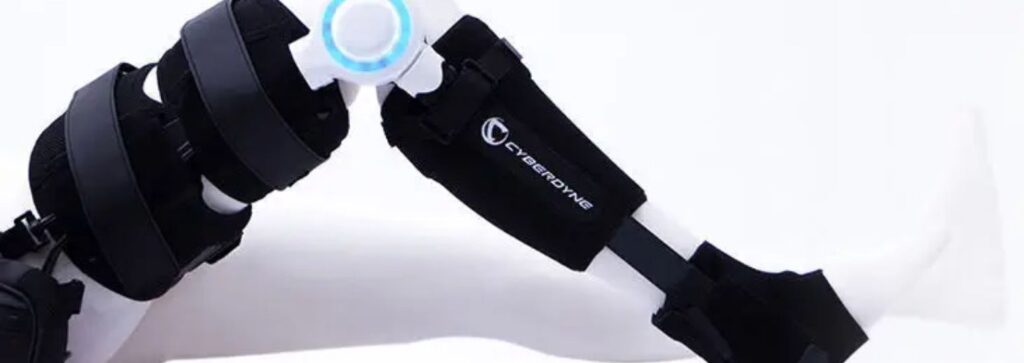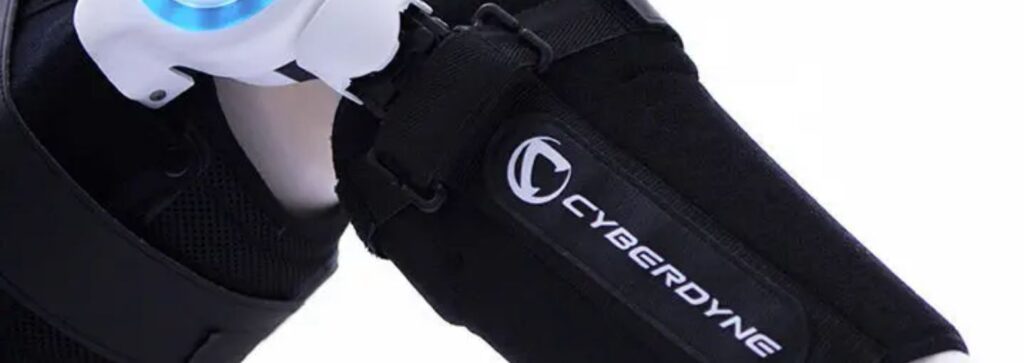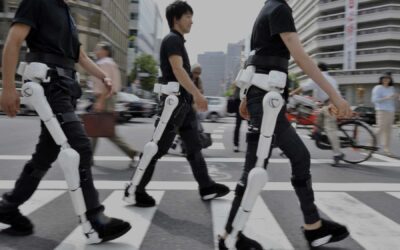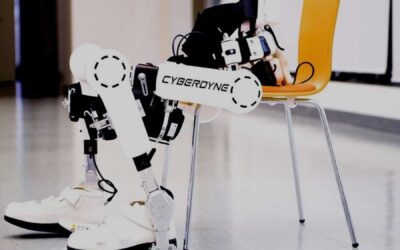Cyberdyne is a new technology under the treatment that uses Robotics to operate. The use of HAL – the Wearable Cyborg™ to assist the patient, is used in this process.
HAL is also considered the system that accelerates motor learning of the brain which eventually leads to the neuroplasticity of the brain functions.
Cyberdyne treatment in India is the latest technology. With the Japanese sponsors taking a great interest in the business of HAL, India is now the prime destination for all the investments mentioned.
Uses of The HAL

Cyberdyne’s Robotic suit helps patients move their legs. The robotics approve patients suffering from numerous types of illness, injury, or disease, including amputations, cancer, arthritis, orthopaedic injuries, cardiac disease, neurological problems, spinal cord injuries, stroke, and traumatic brain injuries.
Patients with rigorous paresis can be given reflexive movement of the upper limb, via robotic rehabilitation. For patients with some movement power, robots are supported by the weight of a limb in contrast to gravity, due to the physical interaction between the subject and the robot.
Cyberdyne Treatment with HAL
The brain first generates command signals. Next, the muscles receive the command signals generated by the brain.
HAL can now read the signals. Signals sent to muscles by the brain leak on the skin surface as very faint signals. HAL can read these electric signals by attaching the originally developed detectors to the surface of the wearer’s skin.
By consolidating various information, the Wearable Cyborg™ recognises what sorts of motions the wearer intends. HAL controls the power unit according to the movements it recognises to assist the wearer in moving according to his or her intentions or even exerting more force than usual.
The “Cybernics Voluntary Control System” uses BES to perform the wearer‘s desired movements. The other is the “Cybernics Autonomous Control System” to realise human-like movements even if the BES cannot be detected. These two control methods are the reason why HAL is such advanced technology. Later, when the movement is complete, the brain cheques how the body moves according to the signals sent.

When the Cyberdyne treatment with HAL realises the wearer’s intended motion, the body feeds back information about the successful movement. This allows the brain to gradually learn how to send out the signals necessary for good movements. Repeating this process could help a person with a disability improve their physical function after taking off HAL.
Rehabilitation
Quick recovery of our patients is the key purpose of Cyberdyne treatment. The intention is to move the legs trigger bioelectric signals (BES) from the brain that communicate with the muscles that make locomotion possible. Such signals from paralysed patients may be too weak to trigger proper movement. Nevertheless, HAL can sensor faint BES that trickle onto the skin, process it, and simultaneously assist one’s desired movement with motors located on each hip and knee joint.
Clinics with Rehabilitation robots in physical therapy trust this sensing technology to achieve rehabilitation breakthroughs every day. Discover how you can utilise Cyberdyne technology to achieve the same.
Log onto https://rehabmodalities.com/ for a free demo.



